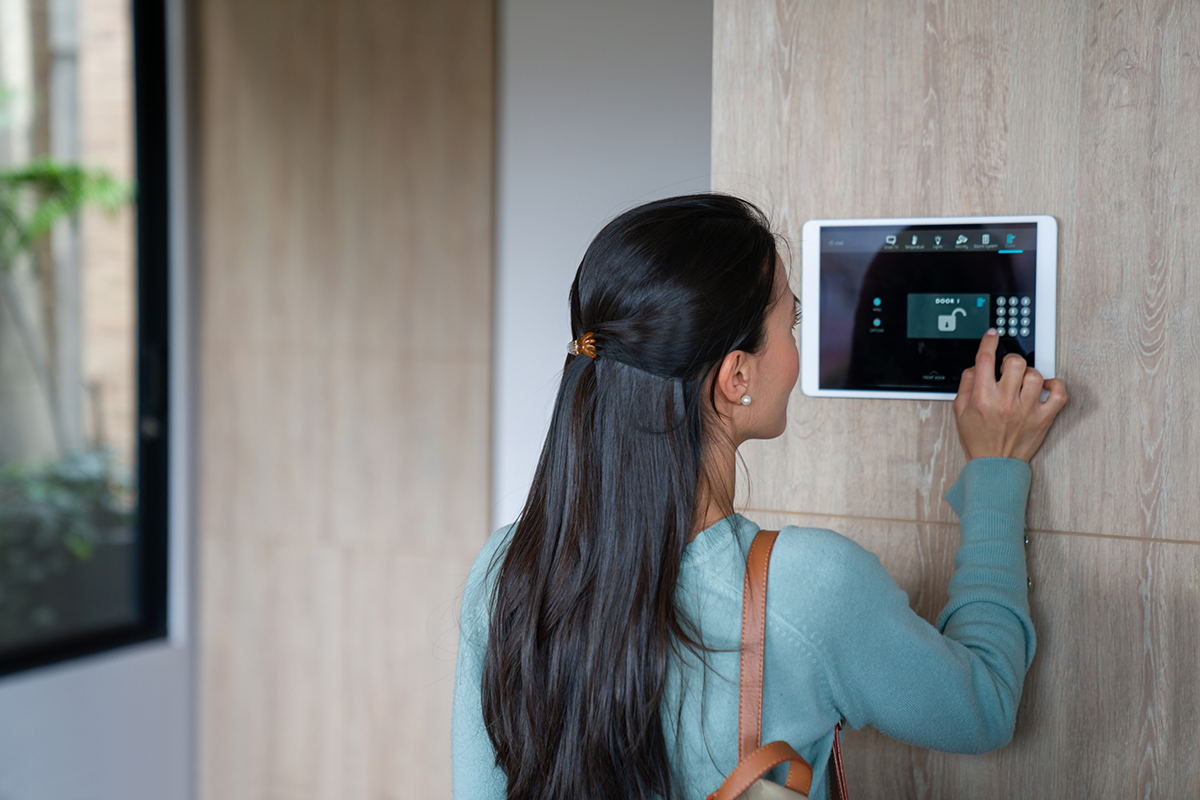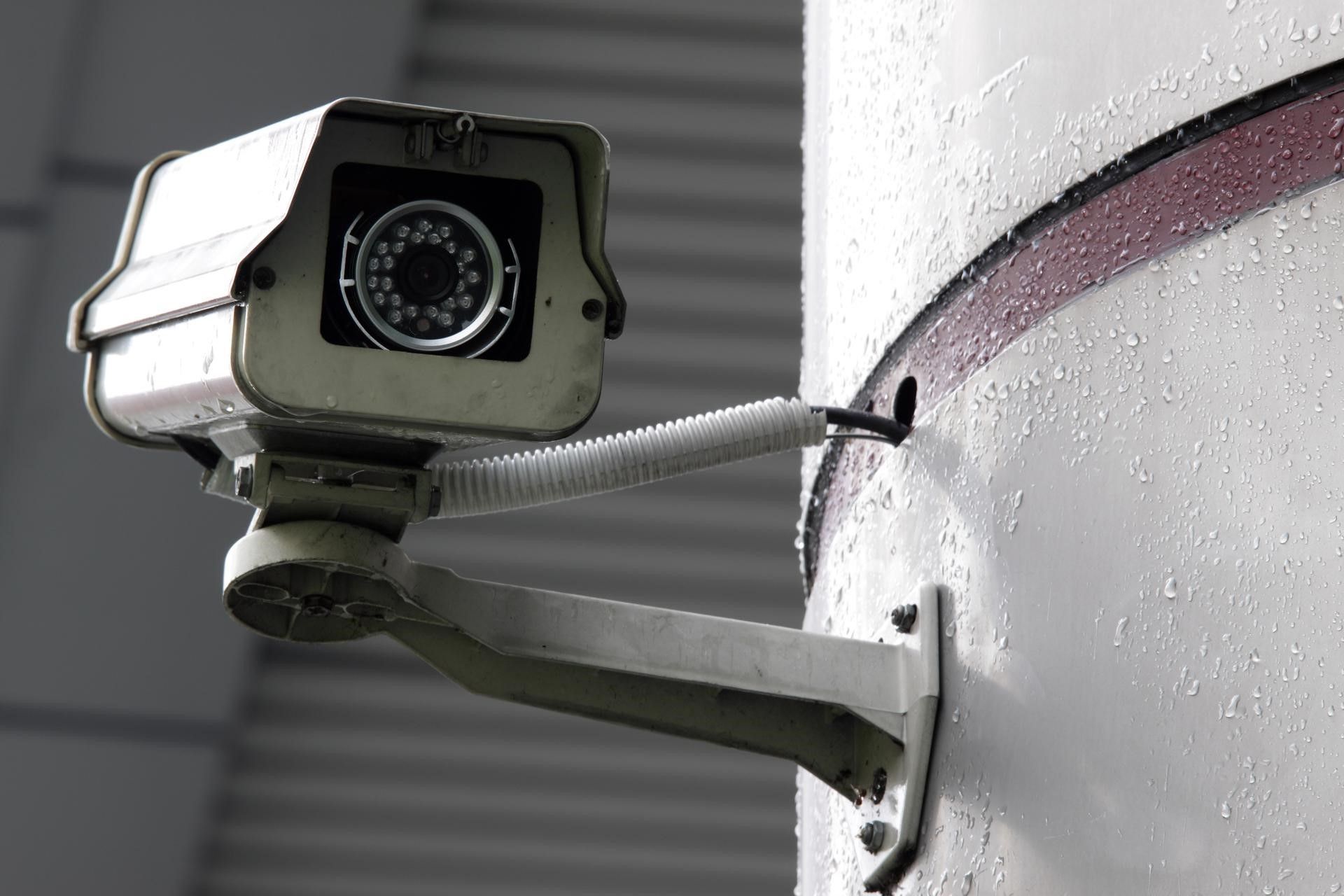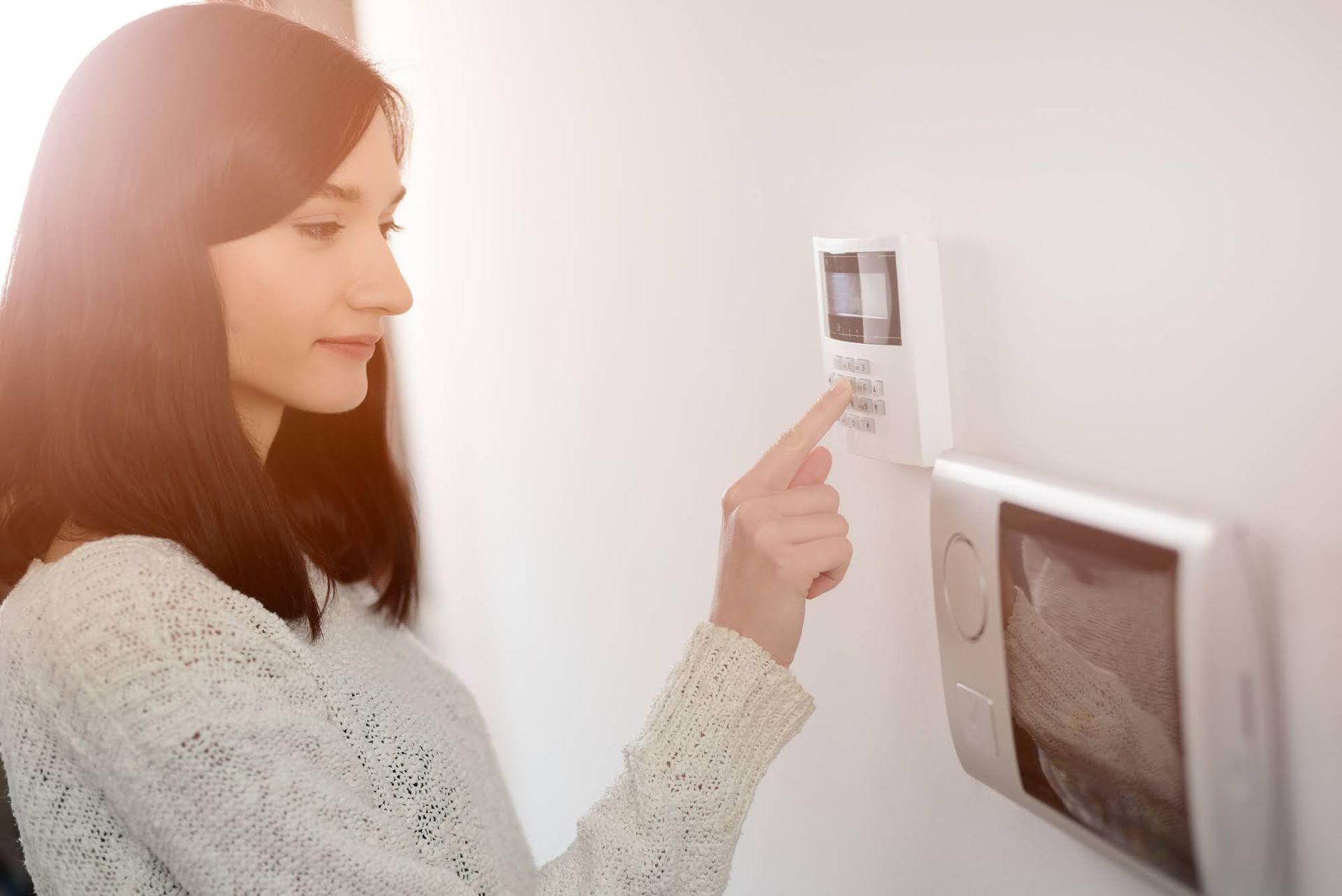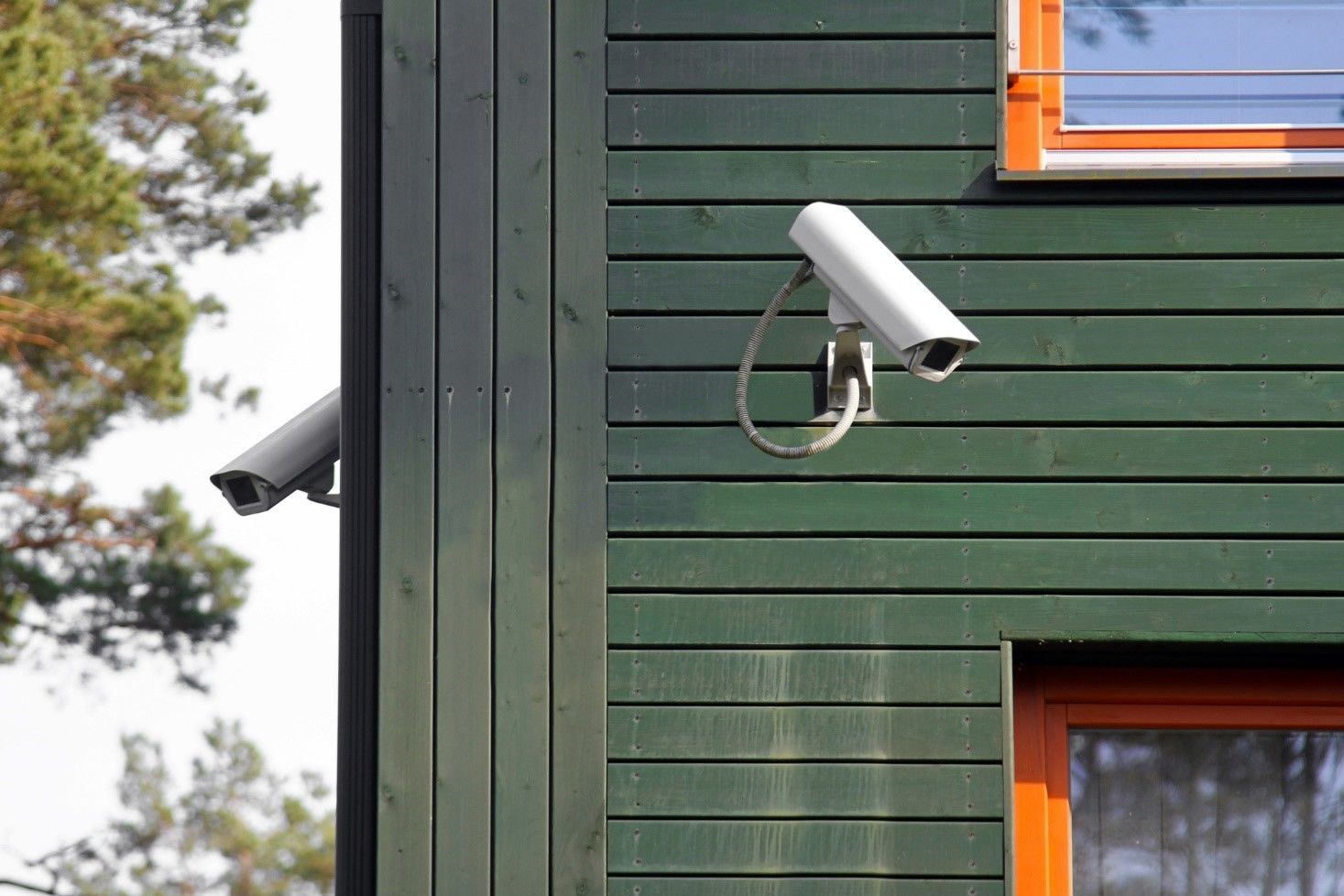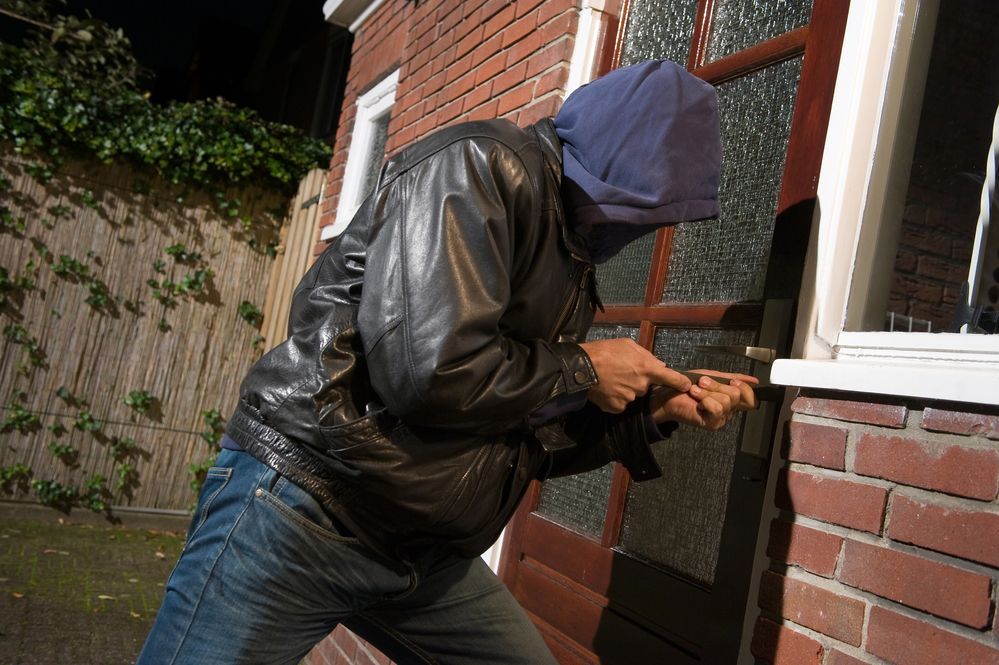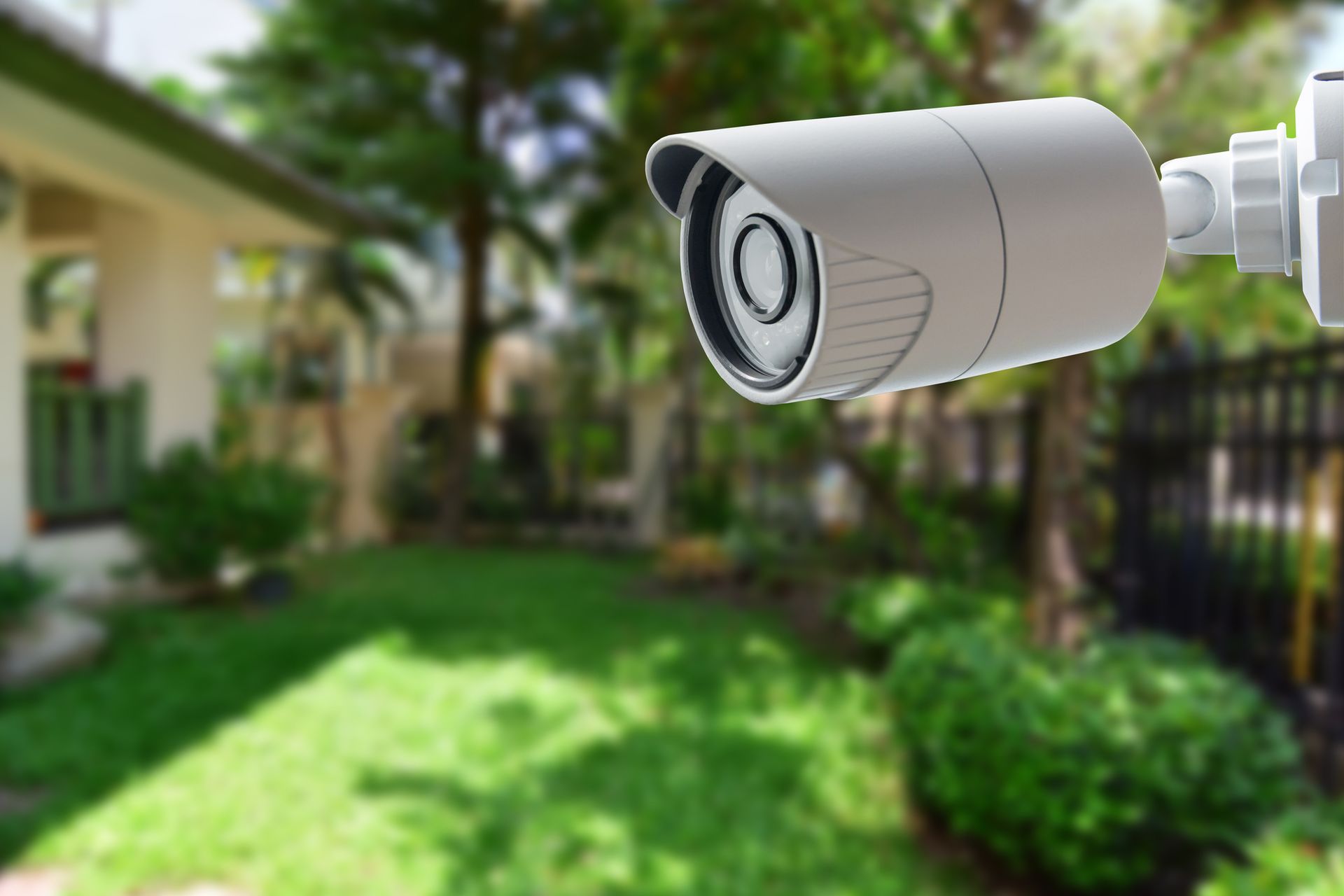Frequently Asked Questions About Wireless Security Cameras
- By Admin
- •
- 05 Feb, 2021
- •
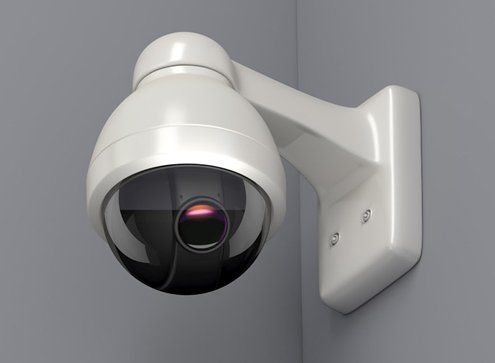
There's a lot of confusion when a person sees a wireless security system with cord connections. But what many people may not realize is that the main distinction between wireless and wired systems lies in how they're powered and how they communicate. The following are some frequently asked questions about wireless security cameras.
What Are Wireless Security Cameras?
First, wireless cameras don't have charging cords. These cameras run on batteries or some other charging mechanism that doesn't need a plug.
Secondly, a wireless device doesn't have to be physically connected to the rest of your home's security system to communicate. It communicates through Bluetooth, cellular signals, radio frequencies, and Wi-Fi. But some wireless cameras aren't entirely wireless. You may need to connect these models to AC power through a cable.
How Do Wireless Security Cameras Work?
Wireless cameras communicate through Wi-Fi with the central station of your security system or with your router. If the cameras are installed inside your home or outside the compound, they connect to your Wi-Fi through a router. Some cameras use a bridge or hub that's linked to your internet modem. These cameras use their own Wi-Fi network.
Wi-Fi connects the cameras to the manufacturer's cloud-based storage. The footage goes to the cloud whenever the cameras make a recording. Therefore, even if a burglar destroys the camera, you'll still be able to see the footage. Cloud storage gives you live or recorded footage, which you can view on your computer or smartphone from anywhere you have an internet connection.
What Are the Features to Look for in Wireless Security Cameras?
When you choose a wireless home security camera, the key features to look for include motion-activated recording, good-quality resolution, smartphone alerts, and night vision. These are important for maintaining high security. Other helpful features include:
- Built-in sirens
- A wide field of view to capture a wider area with a few cameras
- Built-in floodlight and sirens
You should also consider cameras with software that can distinguish between animals and people. These advanced software features can also filter out false alarms.
Finally, you need to determine whether you want continuous recording or for the cameras to record only when a significant event happens.
What Are the Common Camera Shapes?
Security cameras also come in different shapes, so you’ll need to determine which shape will best fit in specific spaces. The most common camera forms are bullet, dome, tilt, and hidden.
Bullet cameras offer the best coverage for room corners. On the other hand, dome cameras are difficult to install and hard to steal because they're installed on ceilings. Their spherical design also gives them a wider field of view. If you want cameras that offer the flexibility of total coverage, you can opt for tilt designs. These cameras aren't fixated on one area; they can pan all the way around.
Last but not least, hidden cameras resemble other objects. For example, a camera can look like a pen, animal, or object, making it hard to notice. However, these cameras aren't the best option if you want to deter burglars.
Many homeowners and business owners combine wired and wireless security systems to benefit from both technologies. If you know how wireless cameras work, as well as their standard features and common shapes, this will help you select the right cameras for your home or business. Additionally, you need to think about your security needs and your budget.
With many years of experience in the security systems industry, you can count on All Pro Security, Inc., to help you find the most appropriate system for your home. Contact us for a free consultation and to get quotes on security systems and installation services.

